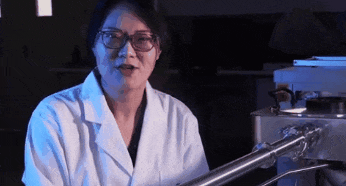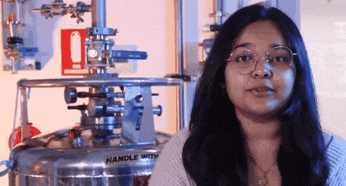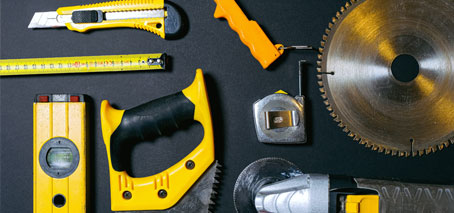 A new series of explainer videos produced by the FLEET’s team at UNSW introduces some of the most-useful tools in novel materials synthesis and study.
A new series of explainer videos produced by the FLEET’s team at UNSW introduces some of the most-useful tools in novel materials synthesis and study.
The series of videos, produced by FLEET and UNSW scientists, briefly introduces key tools and techniques used to create materials used in the search for a new generation of future, low-energy electronics.
“Our researchers at FLEET UNSW wanted to be able to show you round some of the most important pieces of equipment in the laboratories and show you the methods and processes they use in their pursuit of new low energy electronic technologies,” says FLEET’s Dr Catherine Taylor, who helped coordinate filming of the explainer series.
 “This series of videos have been produced to allow everyone an insight into what our FLEET team get up to day-to-day,” says UNSW node leader and Centre Deputy Director Prof Alex Hamilton. “We wanted to give you the opportunity to see our equipment at work from the comfort of your own home!”
“This series of videos have been produced to allow everyone an insight into what our FLEET team get up to day-to-day,” says UNSW node leader and Centre Deputy Director Prof Alex Hamilton. “We wanted to give you the opportunity to see our equipment at work from the comfort of your own home!”
- Dr Daisy Wang demonstrates the team’s atomic layer deposition system, used to grow high-quality oxides for use in experimental electronic devices.
- Dr Feixiang Xiang introduces one of the wet dilution refrigerators used at FLEET UNSW. This refrigerator provides very low temperatures and can also produce high magnetic fields.
- Dr Pankaj Sharma shows the scanning tunnelling microscope that he uses to analyse electronic devices in a low-pressure, ultra-clean environment.
- Dr Daisy Wang and Dr Feixiang Xiang explain why how they use an atomic force microscope in the Wain Wright Analytical Centre at UNSW.
- Dr Dawei Zhang shows us how he characterises the topography and stiffness of his electronic samples using the atomic force microscope.
- Ik Kyeong Jin explains how we can study the electrons in electronic devices, by using a refrigerator to slow them down and coupled with radio frequency waves.
- Krittika Kumar and Olivia Kong demonstrate how the team dips samples in liquid helium as part of preliminary analysis of new devices.

